I first learned about BELOW ZERO when talking to Michael Berryman a few months ago. He fawned over the film, talking about how proud he was of both the experience as well as the product itself. At his encouragement, I contacted filmmaker Signe Olynyk and she kindly provided me a press kit and screener.
More often than not, films surrounded by hype are exactly that – just hype. This time, however, I must concede to the fact that Mr. Berryman was absolutely correct. BELOW ZERO is a fun flick, and most deserving of the accolades being showered upon it. My full review will drop later this week.
The brains behind Man in a Box Pictures, Signe Olynyk and Bob Schultz, were gracious enough to take a few moments to talk about BELOW ZERO, filmmaking in general, and the pros and cons of pretty women running around in various states of undress.
DAILY GRINDHOUSE: What’s the first movie that changed your lives?
BOB: Of course, when I was very young, I was affected by – the same as anyone else my age – STAR WARS and so on. Seeing ALIEN for the first time completely changed my life when I was young, but what really helped start me down the path was David Cronenberg’s THE FLY in 1986. I never stop talking about it, because we shot BELOW ZERO in Canada and now I’m part of the Canadian horror film story, which David Cronenberg obviously got me started on. I was sixteen and I went to the movies with a bunch of friends. Everyone else in the group wanted to see something else – I don’t remember what it was, but it was along the lines of DIRTY DANCING or something. I talked the whole group into going and seeing THE FLY. I was the only one who wanted to see it and they all went anyway. I knew that I was hanging out with the wrong group of friends and that I was on a different path from everyone else during the scene where Geena Davis gives birth to the giant, slimy maggot. All of my friends cringed in horror and left the theater. I let out a yell of joy unlike any that I’ve ever heard before. Finally, I’ve seen something that I love! So that one, I would have to say, started me down the path. Although my love for film went back a decade before that even.
http://www.youtube.com/watch?v=7BzwxJ-M_M0&feature=related
SIGNE: I love THE SHINING. I love Stephen King – anything that he does, really. I’m very influenced by books, and in turn, the movies that are done respectfully. I love LET THE RIGHT ONE IN – the Swedish and the American version. They both were great. Both had different things going for them. I don’t like being grossed out, but I love being scared. I love suspense movies and any sort of thriller that leaves me on the edge of my seat, or shocked because I’m just so afraid. Even the first SAW movie, I thought, did a fabulous job at the suspense. I wasn’t expecting the dead body to move at the end. Those are the things that really capture me. They’re great stories and that to me is what I think we often stray away from in our filmmaking now. We want to have the girl in her underwear investigating the noise she heard. These stupid, unprovoked, lame characters that do these stupid things that I can’t relate to and it just pisses me off. I want to make movies where I have respect for what the characters are doing and I can relate to what the characters are doing. They’re just stories that are more interesting to me, because of the characters.
B: These shocks, these jumps, these scares, and the gore – they attract an audience. But at the same time, if you don’t have a story to deliver those things, it doesn’t resonate quite so much. It’s empty calories.
S: Bob and I maybe approach filmmaking a little bit different. A lot of films are director-driven, but really it used to be story-driven. That makes the best movies.
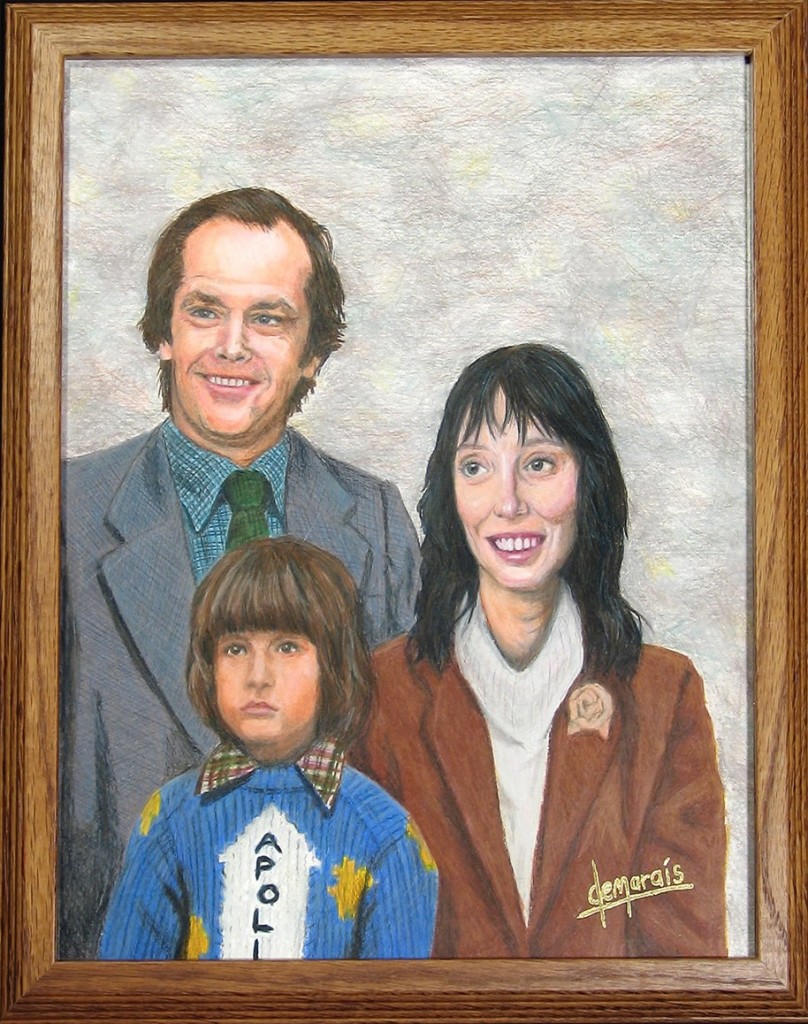
Let me ask you this, and I’m playing a little bit of a devil’s advocate here. The dumb girl in her underwear investigating the sound she heard – does that piss you off more as a writer or piss you off more as a woman?
S: It annoys me just because it’s unprovoked. It’s a stupid thing to do and therefore, why would I relate to that?
B: I agree. If the only reason a character does something is because the writer needs them there, that’s not good enough.
S: No. It’s lazy writing. I love suspense, but most of all I love good storytelling. I think it probably has more in common with a lot of the movies that influenced me – like the Stephen King movies – THE SHINING, MISERY. I love FARGO. I love comedy in my writing. I like smart comedy, which is what I hope I did with the script. I often don’t see that. Even watching A NIGHTMARE ON ELM STREET, the humor that’s in there works for the movie, but it’s more poking fun.
I’ve read people compare BELOW ZERO to FARGO, but I was thinking more along the lines of a Twilight Zone/Richard Matheson vibe…
B: I like what you’re saying about there being a Twilight Zone-ish feel and I’m a particular fan of Matheson’s episodes. The best episodes of Twilight Zone, the ones that people remember most fondly – there are probably between five and ten that everybody lists as their favorite – those ones always sell you on a bang-o, sock-o kind of ending. My personal favorite is To Serve Man, which has probably the second most famous twist of them all – with the exception of the guy dropping his glasses after the nuclear war. But in BELOW ZERO, the person watching the movie has a lot more say in what that ending is. It’s a more an obscure kind of ending. It’s the sort of movie that people will walk out of the theater, go grab a cup of coffee, and talk about it. They can have discussions about what they thought happened and what they saw. What the audience member brings to the table will affect their interpretation of the movie. As much as I like the twistiness of our plot, which brings back the Twilight Zone, we leave the Twilight Zone behind and go into our own territory once we hit Act Three.
For a couple of relatively new filmmakers, having Eddie Furlong and Michael Berryman star in your low-budget film is quite the coup, and they both deliver great performances. Berryman has been in the business for many years and, of course, is considered a genre icon. But I can’t think of a more layered performance than him as Gunnar in BELOW ZERO. Was having a couple of wily veterans like Eddie Furlong and Michael Berryman an asset to such a small production?
S: Yeah, definitely, for a few reasons. First of all, we’re writers but we’re also producers. You can make a low-budget movie without any cast and you can sell it, but it’s much harder and the odds are more against you. That was important to us as producers – trying to get the most recognizable cast possible to give the film its best chance at distribution and international success. That was important to us. But as far as actually working with them, yes. Bob will tell you more about how Michael Berryman would be on set. Because he’s got such a massive career, (Berryman) would just regale everyone with these amazing stories of all the different stars he’s worked with and all these different experiences that would happen on all these different sets. He is fascinating. On lunch breaks, everyone just kind of crowded around, became children, and just listened the whole lunch time. It was really neat and fun. He did it every single day. Every time the man took a break, people would just flock to him. He’s just such an interesting person. We tapped into their experience and we were really fortunate to have them. It really did set a tone on set.
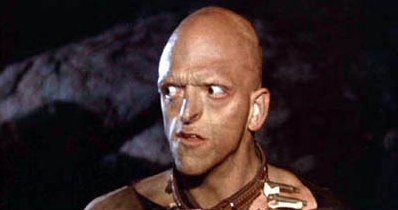
B: I’d like to add one more to the list of wily veterans. We had Eddie, who’s been in the business since he was a teenager obviously. He wound up becoming really tight friends with Sadie Madu, who plays the little boy – even though she’s a little girl. He is a wily veteran from being on a movie set, but she is a wily veteran from being in a slaughterhouse. Her family owns the slaughterhouse where we shot the movie. We had expectations of having to spend a lot of time for whatever child we hired to get used to being in a slaughterhouse. But Sadie was very familiar with the place. She had birthday parties there.
S: She had the creepiest sleepovers you can imagine.
B: So Eddie was kind of uncomfortable being in a slaughterhouse, and Sadie was kind of uncomfortable being on a movie set. Together they managed to really boost each other up and sort of make each other feel comfortable with the stuff that would ordinarily make someone in their positions very uncomfortable. We had a lot of luck with regards to people bringing individual experience to the table. Eddie helped out a lot with regards to marketing and bringing a lot of impact to our cast. Michael Berryman does the same thing with the genre audience as well as with the crew. Here comes Sadie to be the mortar between the bricks to pull the whole thing together.
If I’m not mistaken, BELOW ZERO filmed in fifteen days. Is that right?
http://www.youtube.com/watch?v=TWnNEsR7pOE
S: Eighteen total. We had Eddie for twelve, and he’s on 101 pages of 104 page script. It was insane what we did.
I know you’ve probably told this story a million times, but we’d probably be remiss not to mention it. Tell us about your writing experience for BELOW ZERO – the circumstances behind it.
S: When I was writing the script, I developed the worst case of writer’s block I’ve ever had. I started googling slaughterhouse, meat cooler, just anything I could think of. I came across this slaughterhouse that was for sale in northern Alberta. I called the family that owned it and asked if I could just come out there and hang out. They said, “Sure. Come on out.” So when I got there, I asked her, “Will you lock me in your freezer and not let me out until I have the script finished?” I spent five days locked in a freezer. At the end of the time, after I came out, I had BELOW ZERO. It was pretty intense. We shot it all on location in the same freezer that I was locked in. Actually there were several freezers there that we ended up shooting in. We used them all. One of them became our edit suite, one became the room we were shooting in, one was our props room. They were all used, so it was pretty intense. It was a pretty amazing experience, but I’m really glad I did it. I’m a big believer in research – you could call me a method writer if you’d like. I just wanted to identify with my character and what he was going through, as much as I could. And it was the only way I could break through my writer’s block.
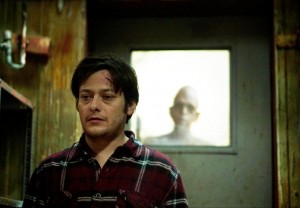
So, was Bob a team player and lock himself in another freezer for five days?
B: I did spend a few days living out of a meat freezer, but I didn’t get locked in. I did sleep in one when we were in pre-production. If I’m going to confine myself to one place, in order to write a screenplay, we’re talking about some place with a beach or the Playboy Mansion.
S: Bob wants my next script to be about some guy trapped in Club Med. Isn’t that right, Bob?
B: Yeah, that’s a lot better than the frozen tundra of Canada. Although I want to make sure that I say the people of Edson, Alberta were all completely awesome in helping get this movie made. I didn’t want to sound like I was degrading them or anything.
S: Bob and I produced this movie, but that town made this movie. They really did.

Early word from critics is favorable. Mr. Berryman mentioned the Calgary Film Festival. The two screenings there went over like gangbusters. People are loving it. I just wanted to ask how the hunt for a distributor is going, and when will Joe Public finally get to see the film?
S: We’re working on it. We’ve had sold out screenings just about everywhere we’ve gone. We’ve already been in a few festivals and won four awards. We’ve got a few more festivals coming up, so we’re excited about that. To answer your question about distribution, we have made arrangements for our foreign distribution and we’re just finalizing details on the domestic. So we’ll be able to announce something very soon, but not quite yet. We’re close though. You’ll be one of our first calls when we actually get a distribution deal inked.
Tell us a little about the screenwriting conference you run. It sounds like an amazing opportunity for any aspiring writers out there.
S: What we do is a three day screenwriting conference. Starting Friday night is the Master Class, and the Saturday is all free classes – we have about 20 free classes you can go to. It’s about everything you need to know: Your legal rights as a writer, how to adapt a book into a movie, or how do you pitch. We’ve got tons and tons of classes, plus a couple of other Master Classes. Everything’s free except for the Master Classes. They’re half-day intensive. They’re only $50. The crown jewel of the whole weekend is Sunday, and that’s when we hold the PitchFest. You can basically sit down and pitch to your heart’s content: Agents, managers, production companies. All day long. Most writers get between twelve and twenty meetings. We’ve had about 70 success stories now where people have gotten agents or managers, or they’ve been hired for writing assignments, or had their scripts optioned. We’ve had a few made, but it takes a long time to get something out of development and into production.
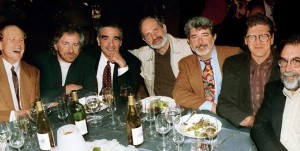
I’ve learned about production hell from interviewing filmmakers like yourselves. It amazes me how slow the process can be. Is there a secret to your success?
S: We had luck and I also think we made some smart decisions. We work really hard to make the best decisions we can. We shot in a small town that really wanted us, and as a result, the whole town wanted to work on the movie. We had a lot of enthusiastic volunteers who didn’t have the experience, but they had the passion and excitement to be there. We made the movie with them. We found crew who were looking for step-up positions. For example, our director was a DP looking for his first directing opportunity. This was his first chance to direct a feature film. So we made a deal where he’d bring the camera gear and in exchange he’d get that opportunity to get his first directing credit on a feature.
Finally, what’s next on the docket for Man in a Box Pictures?
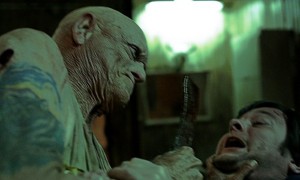
S: We’re doing Bob’s movie next, which he wrote and directed.
B: It’s called THE BREAKDOWN LANE. It’s about a woman who’s driving across the desert and her SUV breaks down. She’s forced to push the disabled SUV through the boiling hot desert during the day, so that she can hide in it at night, when the zombies come. She’s all by herself out there, except for the one lone voice guiding her home: The guy on the OnStar system, who’s trapped in his office. It’s another man-in-a-box story, except instead of a freezer, it’s the desert and an SUV. We have one character plus a bunch of zombies, a really tight story, and a character arc for her that goes beyond slaughtering a bunch of zombies. But it does still have that hot-chick-kicking-zombie-ass kind of appeal, as well.
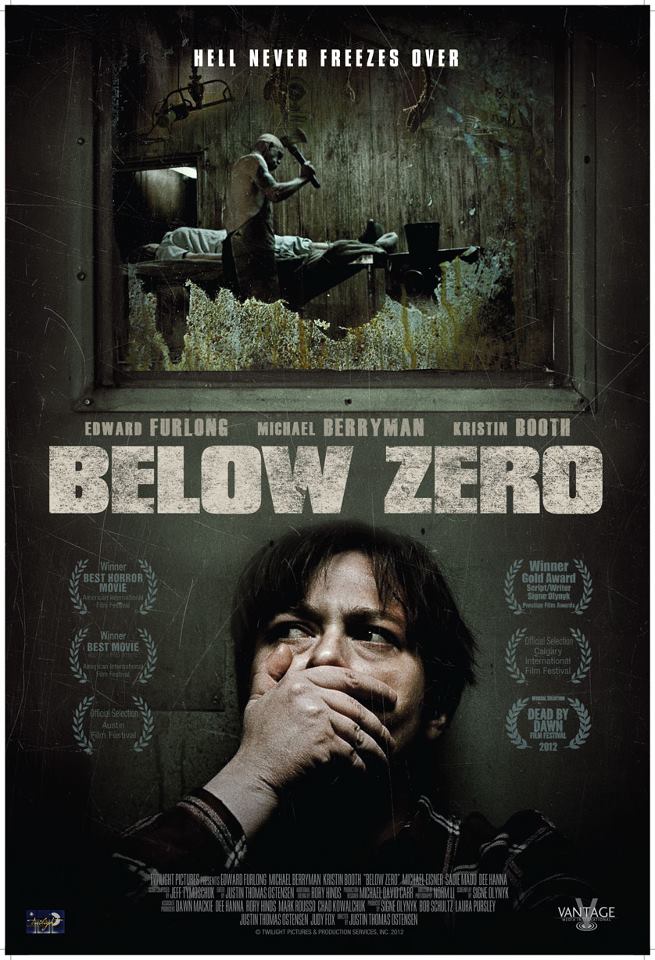
Stick around, Bastards! Bob and Signe will be on DG all week with music and fun! And if you’re not careful, you may learn something before it’s done!
BELOW ZERO SCREENINGS:
Derby City Film Festival (Louisville, Kentucky), 6pm Feb 19th
Garden State Film Festival (New Jersey), March 24
Indie Horror Film Festival (Chicago), March 24
International Horror & Sci Fi / Phoenix Film Fest (Phoenix), TBA
Dead By Dawn (Scotland), TBA
Litchfield Hills Film Festival, TBA
Santa Cruz Film Festival, TBA
LINKS:
BELOW ZERO: OFFICIAL SITE
PITCHFEST
Special thanks to:
for her transcription services!
- [THE BIG QUESTION] WHAT’S YOUR FAVORITE FEMALE ENSEMBLE IN MOVIES? - July 22, 2016
- [IN THEATERS NOW] THE BOY (2016) - January 24, 2016
- Cult Movie Mania Releases Lucio Fulci Limited Edition VHS Sets - January 5, 2016








No Comments